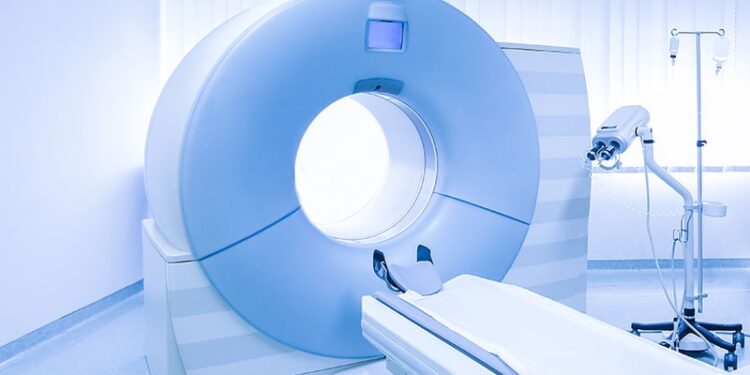TOPLINE:
In a prospective study of over 300 patients with myocardial infarction with nonobstructive coronary arteries (MINOCA), cardiovascular magnetic resonance (CMR) was associated with meaningful changes in clinical diagnosis and/or management in 63% of patients and a similar increase in diagnostic certainty.
METHODOLOGY:
- Previous CMR studies in MINOCA have focused on radiologic yield — a limited metric that does not reflect real‐world clinical utility. Prospective data on patient care are lacking.
- This prospective study conducted in Australia and the UK assessed the impact of CMR on diagnosis and management in 320 patients with MINOCA (mean age, 55.6 years; 52% men) recruited between January 2019 and July 2023.
- Patients were included if they had a hospital admission with acute features consistent with the Fourth Universal Definition of Myocardial Infarction, no obstructive coronary artery disease on angiography, and a clinician assessment indicating acute myocardial infarction as the most likely presentation.
- The treating cardiologists completed a questionnaire before and after CMR to record their working diagnosis, rate diagnostic certainty on a 1-10 scale (10 = most certain), and specify intended management, including medications and follow-up testing.
- The primary endpoint was a composite of change in clinical diagnosis or management after CMR.
TAKEAWAY:
- CMR was associated with a change in diagnosis or management in 63% of patients (P < .001), with diagnosis revised in 38% and management changed in 50%.
- Diagnostic certainty increased significantly from a median score of 6-8 after CMR (P < .001), and diagnostic confidence numerically increased in 63% of patients.
- The absence of coronary atheroma, a pre-CMR diagnostic certainty score ≤ 5, and early CMR (performed within 14 days of hospital presentation) independently predicted a change in diagnosis or management, with 80% of patients with all three predictors vs 40% of those with none meeting the primary outcome.
- Of 172 patients initially prescribed dual antiplatelet therapy, 66 (38%) had it deprescribed following CMR, yielding a number needed to test of 3.
IN PRACTICE:
“Integration of CMR into diagnostic imaging pathways may be reasonable to augment clinical diagnosis and management; however, further cost-effectiveness analyses are now warranted,” the study authors wrote.
SOURCE:
This study was led by Adil Rajwani, PhD, of the Royal Perth Hospital, Perth, Australia. It was published online on June 13, 2025, in Heart.
LIMITATIONS:
The study was limited by the impracticality of conducting a bias-free randomized trial of CMR vs no CMR. It was also limited by the assessment of CMR’s impact only immediately after imaging, potentially missing later clinical insights. Medication protocols were not standardized, and the limited use of additional diagnostics such as optical coherence tomography may have influenced the findings.
DISCLOSURES:
This study was funded by a grant from the Royal Perth Hospital Medical Research Foundation in Australia. The authors declared having no conflicts of interest.
This article was created using several editorial tools, including AI, as part of the process. Human editors reviewed this content before publication.
Source link : https://www.medscape.com/viewarticle/cardiovascular-magnetic-resonance-minoca-linked-improved-2025a1000gm5?src=rss
Author :
Publish date : 2025-06-23 05:22:00
Copyright for syndicated content belongs to the linked Source.




